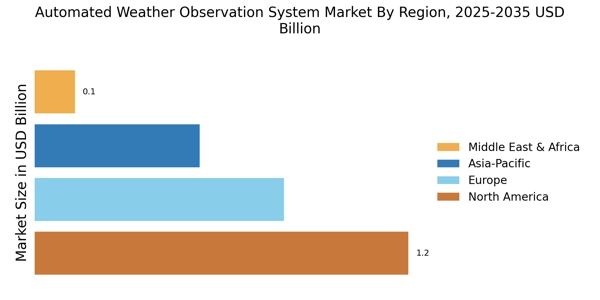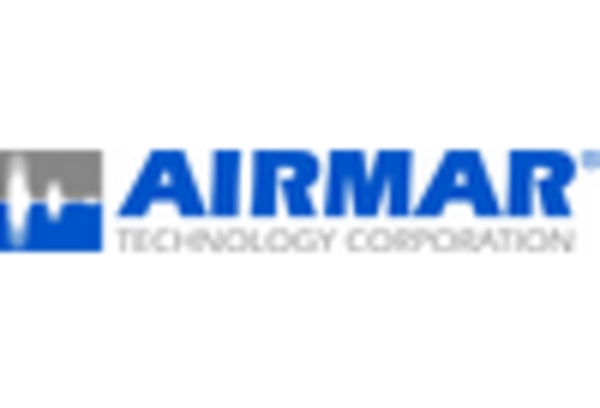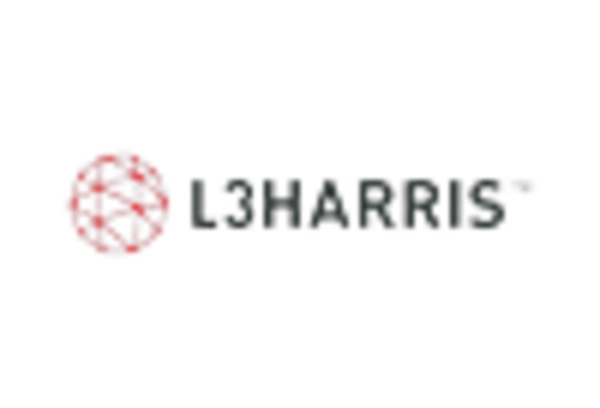Regulatory Support and Standards
The Automated Weather Observation System Market benefits from increasing regulatory support and the establishment of standards that govern weather observation practices. Governments and international organizations are actively promoting the adoption of automated systems to enhance public safety and improve weather forecasting accuracy. For instance, regulations mandating the use of automated systems in aviation and maritime operations are becoming more prevalent. This regulatory environment not only encourages investment in automated weather observation technologies but also ensures that these systems meet specific performance criteria. As a result, the market is likely to see a rise in demand for compliant systems, which could lead to a more standardized approach across different sectors.
Growing Awareness of Climate Change
The growing awareness of climate change and its associated risks is significantly influencing the Automated Weather Observation System Market. As communities and governments recognize the importance of accurate weather data in understanding climate patterns, the demand for automated systems is likely to increase. These systems play a crucial role in monitoring environmental changes and providing data that can inform climate adaptation strategies. The heightened focus on sustainability and environmental protection is expected to drive investments in automated weather observation technologies. By 2025, this awareness could lead to a more robust market, as stakeholders seek reliable data to address the challenges posed by climate change.
Increased Demand for Real-Time Data
The demand for real-time weather data is a significant driver in the Automated Weather Observation System Market. Various sectors, including agriculture, transportation, and emergency services, rely heavily on timely and accurate weather information to make informed decisions. The growing awareness of climate change and its impacts has further intensified the need for reliable weather data. As organizations seek to enhance their operational efficiency and safety, the market for automated weather observation systems is expected to expand. By 2025, the increasing reliance on real-time data for critical applications is projected to drive substantial growth in this sector, highlighting the importance of automated systems in modern weather monitoring.
Technological Advancements in Sensors
The Automated Weather Observation System Market is experiencing a surge in technological advancements, particularly in sensor technology. Enhanced sensors are now capable of providing more accurate and real-time weather data, which is crucial for various applications, including aviation, agriculture, and disaster management. The integration of IoT and AI technologies into these systems allows for improved data collection and analysis, leading to better decision-making processes. As of 2025, the market for advanced sensors is projected to grow significantly, driven by the need for precise weather forecasting and monitoring. This trend indicates a shift towards more sophisticated systems that can handle complex data sets, thereby enhancing the overall functionality of automated weather observation systems.
Integration with Smart City Initiatives
The integration of Automated Weather Observation Systems into smart city initiatives is emerging as a key driver in the market. As urban areas continue to grow, the need for efficient weather monitoring systems becomes increasingly vital for managing urban infrastructure and public safety. Automated systems can provide essential data that supports urban planning, traffic management, and disaster response strategies. The trend towards smart cities is likely to propel the demand for automated weather observation technologies, as municipalities seek to leverage data for improved service delivery. This integration not only enhances the functionality of urban environments but also positions automated systems as critical components in the development of resilient cities.


















Leave a Comment